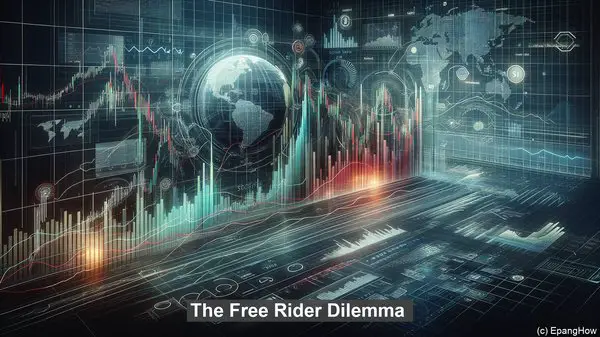Introduction: The Essence of Goods
Greetings, ladies and gentlemen! In the realm of economics, goods are the building blocks of transactions and economic activity. Today, we’ll be focusing on two distinct categories of goods: private goods and public goods. While they may seem similar at first glance, they possess fundamental differences that have far-reaching implications.
Defining Private Goods
Private goods are perhaps the most familiar to us. They are tangible, physical items that we purchase and consume individually. Think of a loaf of bread or a smartphone. What characterizes private goods is their excludability and rivalry. Excludability means that access to the good can be restricted, typically through pricing. Rivalry, on the other hand, implies that consumption by one individual reduces the availability or utility of the good for others.

Exploring Public Goods
Public goods, in contrast, have a distinct nature. They are non-excludable, meaning that it is difficult, if not impossible, to prevent someone from benefiting from the good. Take, for instance, a public park or street lighting. Additionally, public goods are non-rivalrous. The consumption of a public good by one individual does not diminish its availability or usefulness to others. This unique combination of characteristics sets public goods apart.
The Free Rider Dilemma
The non-excludable nature of public goods gives rise to a significant challenge: the free rider problem. Since individuals cannot be excluded from benefiting, there is an incentive to ‘free ride’ on the contributions of others. This can lead to under-provision of public goods, as individuals may choose not to contribute, assuming others will bear the cost. Overcoming this dilemma requires innovative solutions and collective action.
Merit Goods: A Hybrid Category
While private goods and public goods form the two extremes, there is a middle ground known as merit goods. These are goods that have characteristics of both private and public goods. Education and healthcare are often cited as examples. While they are excludable to some extent (through fees or insurance), society recognizes their broader benefits and often provides them in a subsidized or publicly funded manner.
Implications for Society
Understanding the distinction between private goods and public goods is crucial for policymakers and economists. It informs decisions on resource allocation, taxation, and the role of government. Balancing the provision of public goods, addressing free rider problems, and ensuring the efficient allocation of private goods are ongoing challenges in the field of economics.

